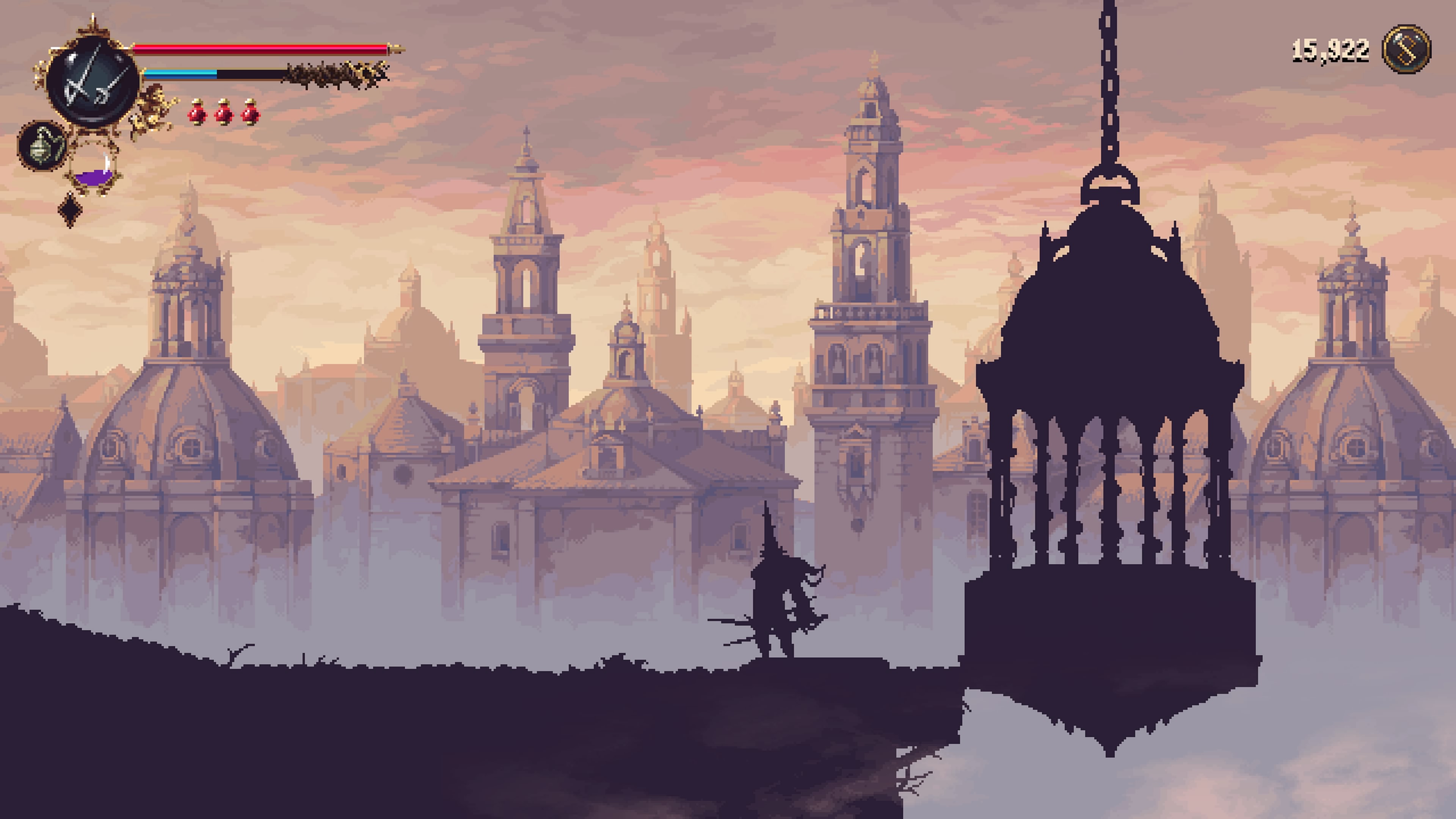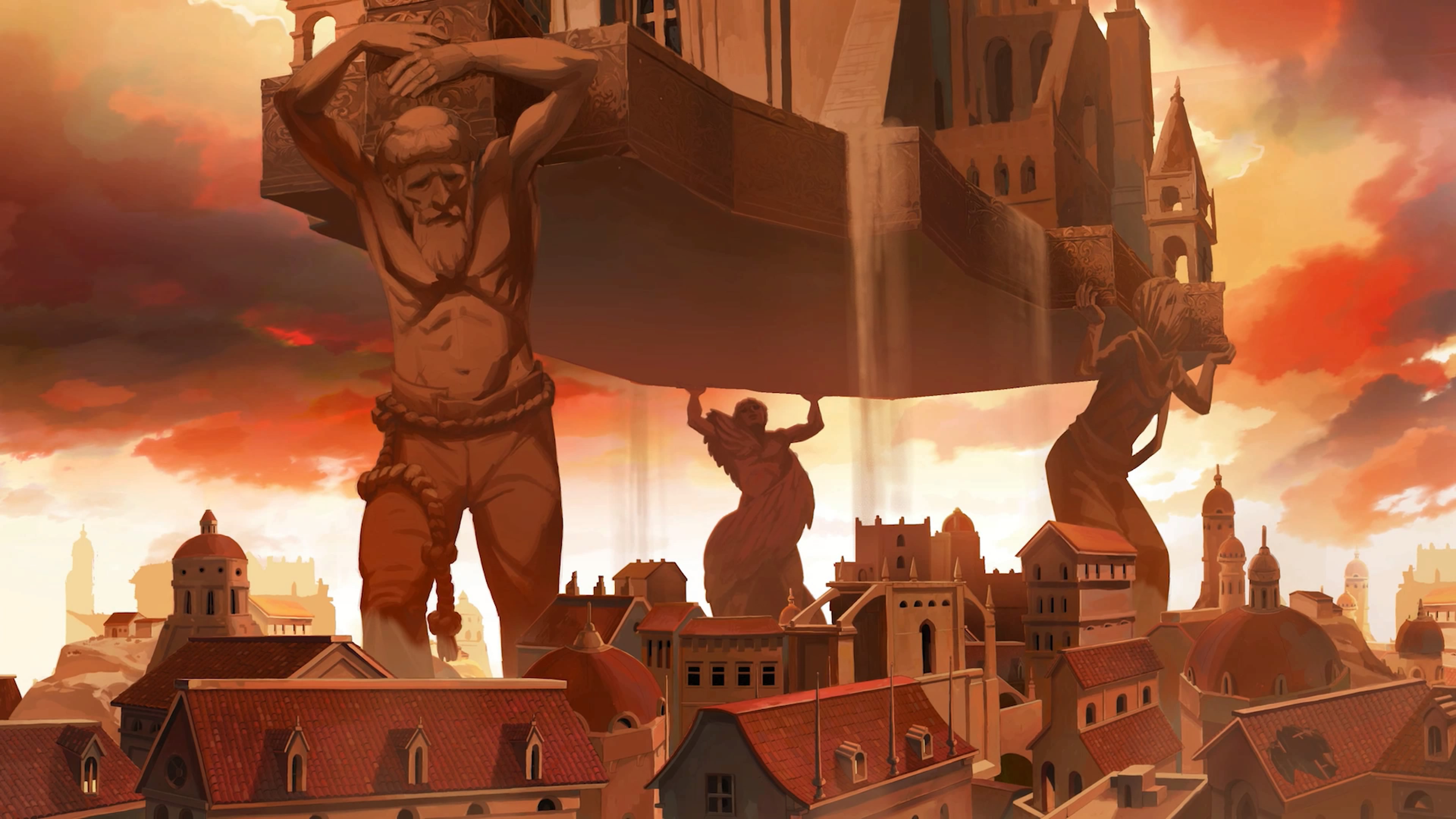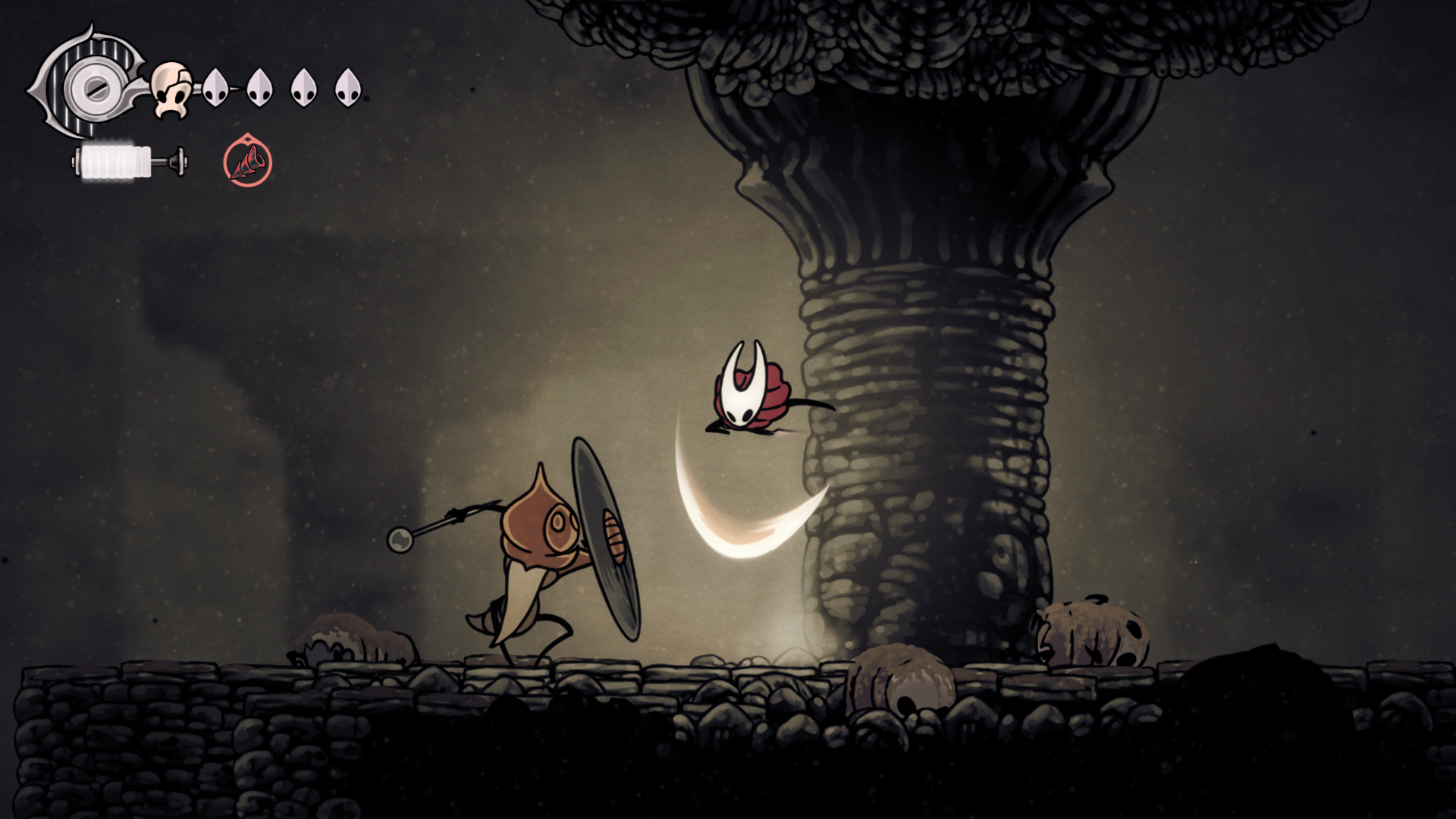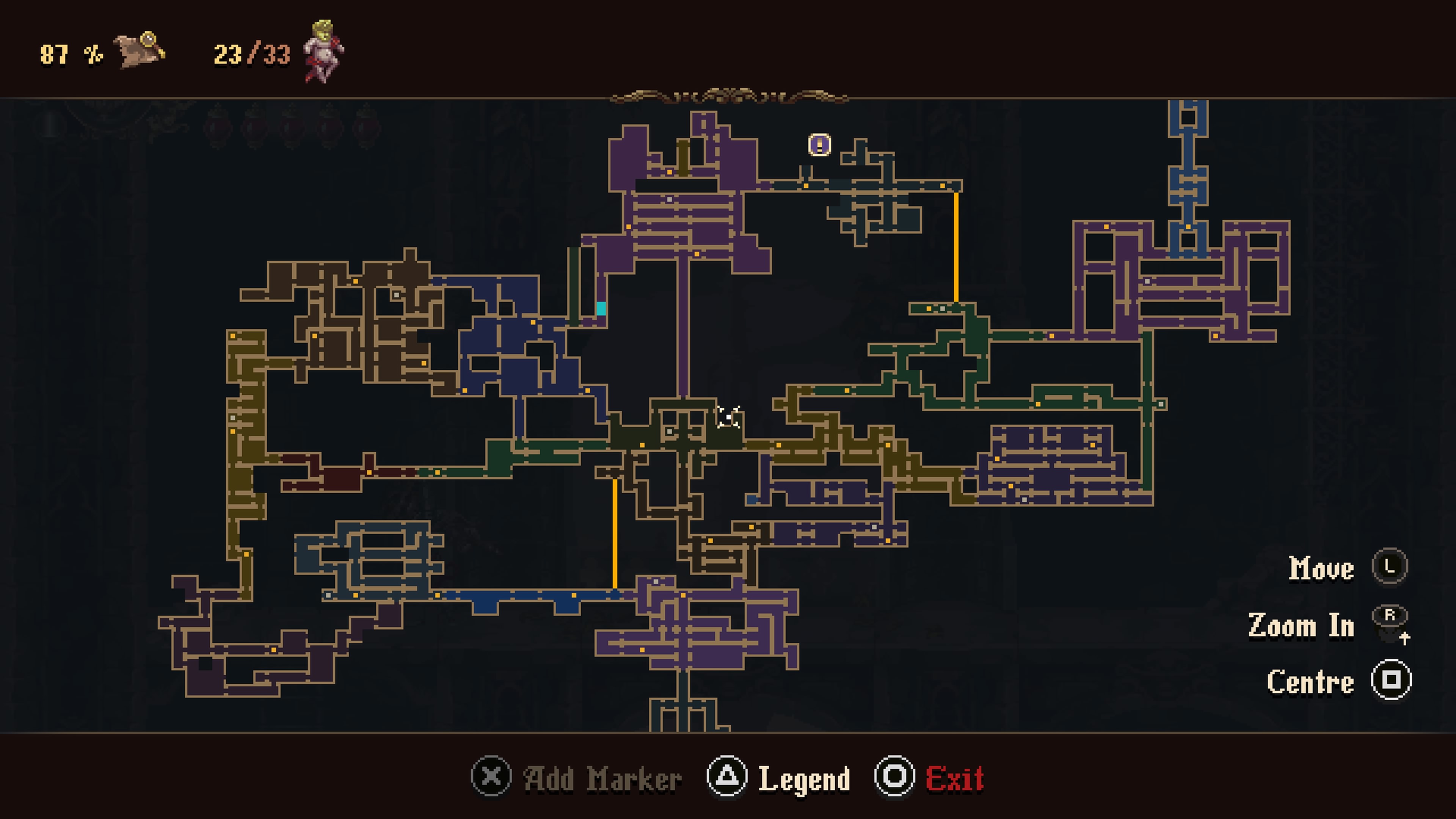
In our Blasphemous 2 review, I describe The Game Kitchen's blood-spattered second coming as "a Soulslike sequel that's as unsettling as it is unpredictable". For the most part, that's in reference to the Metroidvania-meets-FromSoftware-styled adventure's brutal boss battles, its disparate themes of tragedy framed by religion and cultism, and the omnipresent dread that fuels all of the above.
Carrying the torch forward from its 2019 forerunner, Blasphemous 2 is an accomplished sequel, and an asset to the genres and games it's so heavily inspired by. It borrows heavily from many areas, sure, but there's one key feature that, for me, it does better than everything from Elden Ring to Sekiro and Hollow Knight – its interconnected world. In fact, so fluid is Blasphemous 2's map that I don't think I've enjoyed clambering around such a labyrinthian yet cohesive space since Dark Souls.
Lead the way


Hollow Knight Silksong: Everything we know so far
Where Blasphemous 2 and the likes of Dark Souls differ most in exploration terms – besides their 2D vs 3D presentation – is the inclusion of a viewable map. For the first half of Dark Souls (ie, prior to unlocking fast travel between bonfire checkpoints), exploration is underpinned by haphazard discovery. Lordran is in essence built on a vertical plane, and so those first times you emerge from some rickety old elevator or other to realize that you've somehow made it back to an area you last visited hours ago become watershed moments. Be that Undead Parish to Firelink Shrine; Valley of the Drakes to Blighttown; or Havel's Tower to Darkroot Basin, each time you emerge in a 'new' location, only to realize you've simply come in from a different angle will stop you in your tracks.
Players have, of course, spent the last 12 years hailing this feature of Dark Souls. Blasphemous 2's approach is different, leaning into its Metroidvania trappings as seen elsewhere in the likes of Hollow Knight. But, unlike Team Cherry's esteemed action-adventure epic, Blasphemous 2 doesn't offer map fragments, purchasable or discoverable, lending it a more old-school feel to match its pixel art aesthetic. Like every other Metroidvania game, much of Blasphemous 2's map can only be discovered after you've unlocked new traversal powers – the likes of double jumps, air dashes, and ground stomps – that allow you to reach once inaccessible areas.

"But if we're dealing in inter-connected sprawls that use verticality to illustrate scale, Blasphemous 2 is as good as it gets."
Where Blasphemous 2 rises above, however, is how all of this is tied to its narrative. The landscape of this world is constantly shifting, and with each key figure The Penitent One – aka you, the player – forcibly removes, the process of change is continually fast-tracked. And so, when the Basilica of Absent Faces becomes accessible, it makes perfect sense that it's attached to the Crown of Towers. Beneath Her Secret Grounds naturally sits below Mother of Mothers, with Profundo Lamento above leading to the City of the Blessed Name at ground level; while The Severed Tower could really only sit between the Sunken Cathedral and Labyrinth of Tides.
I'm fully aware that to the uninitiated this reads like me simply rhyming off in-game locations, and while that's true, it's not worth spoiling exactly why it makes sense here. Just know that through Blasphemous 2's overarching mainline story, its side ventures, item descriptions, and the snatches of dialogue its cast of twisted and tormented NPCs share with The Penitent One along the way, it becomes clearer why this world is the way that it is. Moreover, it's only when you get towards the game's end that all of this hits home, prompting a series of eureka moments as you study the wider uncovered maps and things click into place.
I'm an absolute sucker for well-designed maps of all shapes and sizes. I think Hollow Knight's Hallownest is a stroke of genius. I think Elden Ring's Lands Between is one of the most intriguing and coherent game worlds I've ever seen. Red Dead Redemption 2's American Frontier is up there with the most beautiful sandboxes in the history of video games, whereas I probably know the streets of GTA Online's Los Santos better than I do my hometown of Glasgow. But if we're dealing in inter-connected sprawls that use verticality to illustrate scale, Blasphemous 2 is as good as it gets. I genuinely don't think I've seen a more confidently executed example of it since Dark Souls, and that's the highest, most vertical praise I can give.
Keep up to speed with our video game release dates rundown across all platforms







